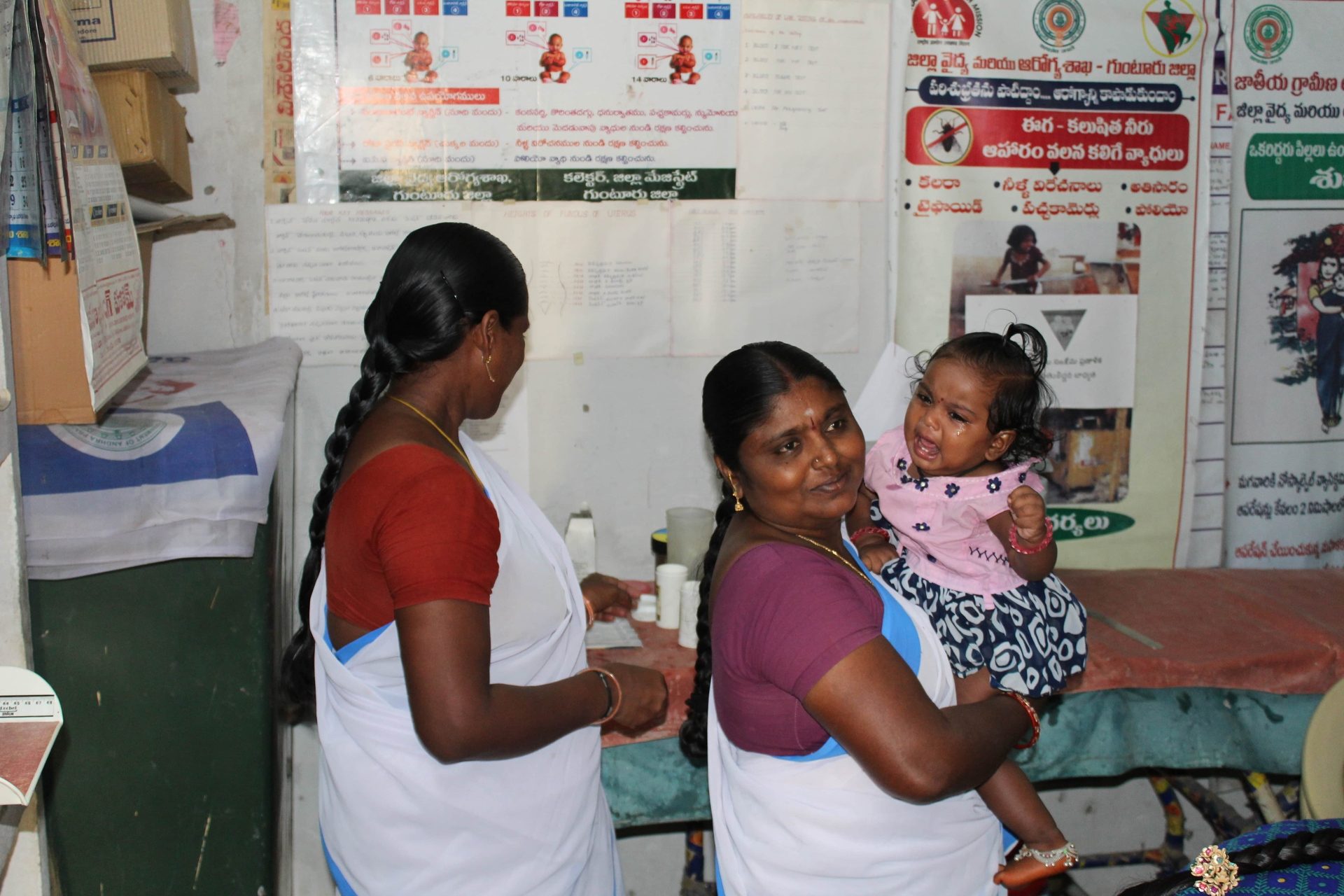
Women and children face exclusion from civil registration
Women and children, particularly girls, face a vicious cycle of exclusion from civil registration, according to a new report by the Centre of Excellence for CRVS. Lack of birth registration leaves children vulnerable throughout their lives as they don’t have evidence of basic identification information such as name or age.
When marriages are not registered, women face barriers accessing spousal or widowhood rights. Then, when their deaths are unregistered and the cause of death unknown, public health authorities do not have the information they need to support health related decision-making.
Many obstacles to civil registration affect both men and women, including poverty, distance from registration services, unemployment, limited education, ethnicity, disability, and lack of knowledge about the benefits of civil registration. However, women and girls in particular face a vicious cycle of exclusion from civil registration due to way these barriers interact with and reinforce social and cultural factors, such as a lack of autonomy, limited agency, power imbalances, and harmful practices. Some of these obstacles are built into a society’s social fabric and taken for granted which makes them hard to change.
Lack of birth registration leaves girls vulnerable throughout their lives. Girls are disproportionately affected by child marriage, and an estimated 12 million girls under the age of 18 years are married each year around the world. This leaves many young women at risk of death or ill-health associated with early childbearing.
There is also evidence that the non-registration of deaths is more common for women than for men. Of the total 6.35 million deaths registered in India in 2016, 55% were males compared to 38% females (over 7% were recorded as “of unknown sex”). In some States and Union Territories, almost twice as many male deaths were registered compared to female deaths. Even when a woman’s death is registered, the cause of death may not be determined according to international standards. In 2015, only 22% of total registered deaths in India were medically certified, of which 62% were males and 38% females. In other words, the Indian government has information on the medical causes of only 14% of the estimated annual 10 million deaths in the country, and the majority of these are among males.
“Exclusion of women and girls from civil registration is a serious problem. There is a need to generate more evidence about the extent and impact of gender inequities in civil registration, and then create remedial mechanisms to secure women’s rights and entitlements,” says Carla Abouzahr, lead author of the report.
The report also provides recommendations for improving Civil Registration and Vital Statistics (CRVS) systems for women and girls. It suggests looking at birth registration within the context of health‑care provision to women and infants. It recommends adopting a proactive approach that links the provision of care through the health sector at the facility and community levels to the civil registration of births, stillbirths, and pregnancy related deaths. A similar approach is recommended for facilitating the registration of deaths, where civil registration can be linked to health care facilities to provide information on deaths obtained from a variety of health registers, such as hospital admissions and discharges, mortuary records, and disease-focused mortality surveillance (for example HIV, notifiable diseases and cancer registries). Deaths that take place in hospital, should be certified by a doctor who has been trained in medical cause of death certification (MCCD).
“Doctors certifying medical cause of death need to be made aware of these barriers and trained in MCCD” says co-author Associate Prof Rohina Joshi from The George Institute of Global Health.
Other recommendations include:
- Provide free civil registration to reduce the burden on women who are unable to raise the cash, considering their other household priorities;
- Remove legal and regulatory impediments to civil registration, for example, legal requirements that unmarried women disclose the identity of the child’s father;
- Generate and use reliable sex-disaggregated data on the gendered aspects of civil registration;
- Provide support to health workers in order to facilitate links between community-based health care and the registration of vital events; and
- create demand for birth and death registration service by raising awareness of the benefits that civil registration can bring among women and girls.


